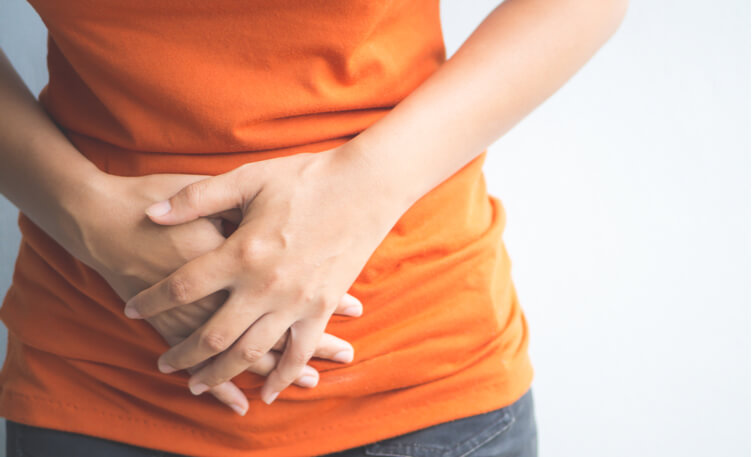Dysmenorrhea: Why Are Your Periods So Painful?

It is common for many women to experience some pain, cramping, and discomfort during their monthly period cycle. Every menstruation cycle results in the shedding of the uterine lining that passes through the cervix and the vaginal canal. While some amount of pain and cramping is normal during this process, if the pain is unbearable and interferes with your day-to-day life, it may be a cause for concern.
What is Dysmenorrhea?
Dysmenorrhea is the medical term used to describe painful or difficult periods. Dysmenorrhea is of two types: primary and secondary.
- Primary dysmenorrhea is the most common type of dysmenorrhea that causes cramping pain in the lower abdomen. This pain can start 1-2 days before the period begins and can last 2-4 days.
- Secondary dysmenorrhea is the type when the cramps are caused due to an underlying medical condition such as endometriosis, uterine fibroids, adenomyosis, and cervical stenosis. Pain associated with a health condition usually arises before and/or during the menstrual period.
What Causes Dysmenorrhea?
Period cramps are caused due to uterine contractions, where the muscles of the uterus tighten and relax, allowing the blood to leave the uterus. The chemical prostaglandin acts as a trigger for the muscle contractions in the uterus, the levels of which are considerably high right before menstruation begins. If the uterus contracts too strongly, it can press against surrounding blood vessels, cutting off the oxygen supply to the muscle tissues of the uterus. The high levels of prostaglandins, an increase in the strength of contractions, and the brief loss of oxygen supply to the muscles result in pain nausea, diarrhoea, and dizziness in many women.
What Are The Symptoms of Dysmenorrhea?
Most women who have dysmenorrhea complain of lower back pain and cramping in the lower area of the abdomen during their periods. This pain can range from dull, mild aches to throbbing, unbearable pain. Due to this many women may have symptoms such as nausea, vomiting, loose bowel movement, constipation, bloating, and lightheadedness during their periods.
When To See A Doctor?
If the pain associated with your period is interfering with your ability to perform daily tasks, it would be a good idea to talk to your gynaecologist. If your symptoms worsen from nausea and dizziness to passing blood clots, pelvic pain when not menstruating, fever, and foul-smelling vaginal discharge, it could be a sign of infection or another condition pertaining to your reproductive organs. Any condition if left untreated can cause scar tissue that damages the pelvic organs and may lead to infertility. If you have any such symptoms, be prompt about consulting a specialist.
Your doctor will first check your medical history to check for any underlying issues that are causing your painful periods. He or she will conduct a physical exam, which will include a pelvic exam to check for any abnormalities or signs of infection in your reproductive system. He or she may also ask you to undergo imaging tests such as ultrasound, CT scan and MRI to give a more precise diagnosis.
How Do I Treat Dysmenorrhea?

After consultation with a doctor, many women turn to anti-inflammatory medications to cope with the intense pain that comes with dysmenorrhea. Depending on your diagnosis and the severity of your condition, your doctor may prescribe hormonal treatment to regulate your periods and reduce the cramping and pain associated with it.
At-home remedies such as using a heating pad on your pelvic area or back, gently massaging your abdomen, taking a warm bath, practising yoga, eating light and nutritious meals, and regular physical exercise can also help you cope with intense pelvic pain.


